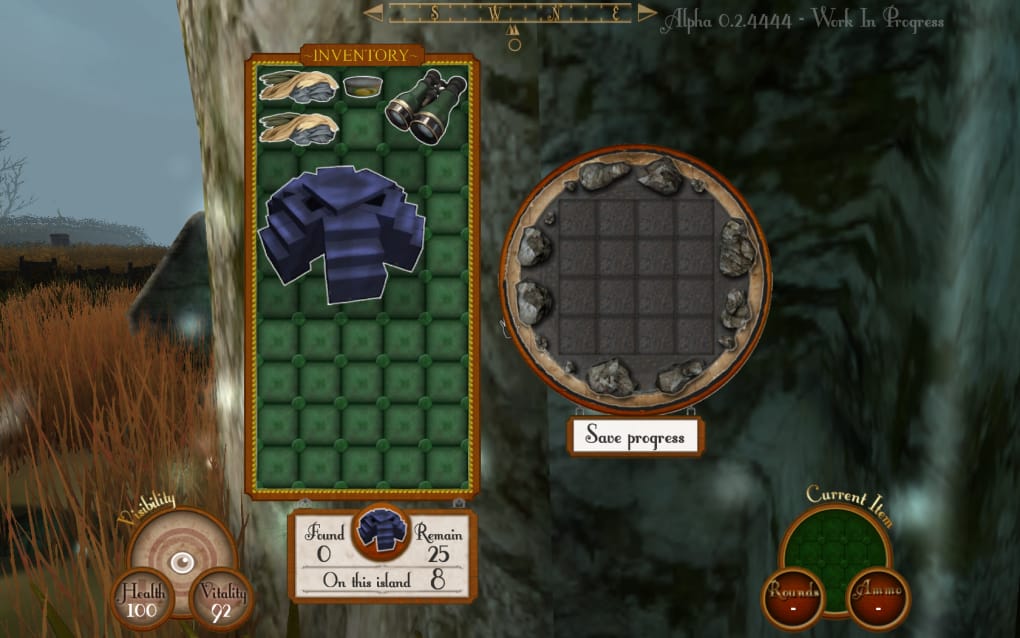- 2020-3-25 A new update for just released Office for Mac 2011 has been released by Microsoft, which upgrades the version of Office 2011 for Mac OS X t oversion 14.0.1. The update fixes critical issues in Office 2011, including issues that might cause Office 2011 applications to stop responding or quit unexpectedly, and contains other improvements security, stability, compatibility, and performance.
- UPDATING OFFICE FOR MAC 2011 (version 14.0.0). However, when I attempt to update it to version 14.1 or 14.2 by using Microsoft's auto updater, or by downloading it from their website, the updater says Office can not be updated? What is the issue? BTW, I first installed Office for Mac 2016 on this Mac, but its many bugs have caused me to.
Latest Updates!
Microsoft Excel 2011 for Mac is the latest version of the most popular spreadsheet application in the world, now with the added bonus of much better OS X integration. Advertisement Microsoft Excel 2011 is part of Microsoft Office 2011 and has been given a through revamp since Office 2008 including a slicker OS X style interface, lots of new.
Site Navigation
Download updates from Office Mac or use AutoUpdate under Help in the menu bar. More Info on updates
Support our site SIGNUP FOR HOSTMONSTER.COM
Support our Site
Office365 Home Premium 1YR SubscriptionRe-install Office for Mac 2011
Before you re-install
- Restart your computer using Safe Boot mode, then restart normally.
HOW TO REINSTALL OFFICE AND UPDATE TO SP1
- Download and run this script to remove Office 2011 (this will remove older versions of Office too) Optional: drag the Microsoft Office 2011 folder in Applications to trash and delete. The script does not remove preferences nor your Identity.
- If you want to remove all preferences, delete all the com.microsoft.plist files and the Microsoft folder in your User's Library/Preferences.
- If you want to remove your normal file, it's located in the User's Library/Application Support/Microsoft/Office folder
- Install Office following Tips for a successful install
- Delete duplicate fonts installed by Office 2011. See Font Management for help:
- Update to 14.1.0 (SP1).
- Run Microsoft Autoupdater to update to most current update. Restarting between each update is IMPORTANT.
- Update to 14.2.0 SP2 after updating to 14.1.0 SP1
All Microsoft applications including the hidden ones along with all your browsers need to be quit before running the updater. For best results I always suggest quitting all apps.
Update
If you have downloaded the updater from Microsoft Downloads
- Download updater.
- Log out of your User under the Apple in the Menu bar.
- Hold down the Shift key when logging in. This disables all login items including the hidden ones.
- Select the updater and install.
- RESTART
Metro Arms
If you want to use the Microsoft Autoupdater (MAU), follow these steps:
- Open any Office application and select 'Check for Updates' under Help in the Menu bar. Once MAU is launched, select 'Keep in Dock'
- Log out/in as described above.
- Select the MAU in the Dock and download the updater.
- After it downloads, quit the MAU then install.
- RESTART
VERIFY FREE SPACE
Manhattan Amateur Classic 2011
To check how much free space is available on your startup disk:

Use Activity Monitor located in Applications/Utilities. Select the Disk Usage tab. Compare the Space Free to the Total size. More info

SAFE BOOT MODE
Mac 2011 Pistols
Hold down the Shift key when booting your computer. You can let go of the Shift key when you see Safe Boot and a progress bar. When booting into safe boot mode it forces your computer to run various maintenance tasks. More info
UPDATE BASE SYSTEM FILES
Sti Mac 2011
Download and run the latest combo. Running the combo updater overwrites potentially problem-causing files. Combo updaters will install on the same version as they're applying--no need to roll back or do a clean install. The Combo updates contain all incremental updates and will update files that could have become corrupted.
REPAIR DISK PERMISSIONS:
Sti Guns
Open Disk Utility (/Applications/Utilities), select your hard disk volume in the left pane, click the First Aid tab, then click Repair Disk Permissions.